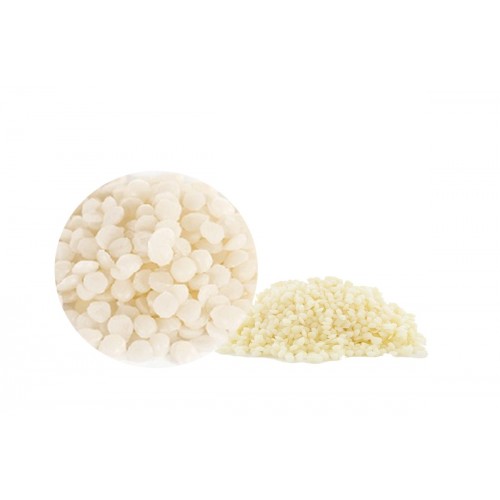LECITHIN
Contents
1.2 Physiochemical Properties of Lecithin:
1. What is Lecithin?
Phosphatidyl Choline, commonly known as lecithin, is a kind of phospholipid (phosphoglyceride) that plays a vital role in cell structure and metabolism. Lecithins are made up of phosphoric acid, glycerol esters, cholines, and two fatty acids that vary in chain length, location, and degree of unsaturation, resulting in various lecithins with varied biological roles. A combination of phosphoglycerides including mostly lecithin, cephalin (particularly phosphatidylethanolamine), and phosphatidylinositol is also known as lecithin.
1.1 Origin of Lecithin:
Lecithin is a lipid that is required by the body’s cells. It’s present in a variety of foods, including egg yolks and soybeans. This blend, as well as around 35% neutral oil, is found in commercial lecithin, the majority of which is derived from soybean oil. It is often employed as a wetting and emulsifying agent, among other things.) Lecithin is produced during the degumming of crude soy oil, which is normally done in the refinery of the firm producing commercial lecithin rather than at the oil mill.
1.2 Physiochemical Properties of Lecithin:
When exposed to air, pure lecithin becomes darkens otherwise it seems white and waxy. Commercial lecithin ranges in color from brown to bright yellow and has plastic to liquid viscosity. It is used in a variety of items, including animal feeds, baking products, and mixes, chocolate, cosmetics and soaps, colors, pesticides, paints, and plastics. It is either odorless or has a distinct, mild nutlike odor and a bland flavor. To enhance functional and taste characteristics, edible diluents like cocoa butter and vegetable oils are often used instead of soybean oil. Lecithin is only moderately soluble in water, but it hydrates easily to produce emulsions. Although only partially soluble in water, it quickly hydrates to produce emulsions. Oil-free phosphatides are soluble in fatty acids but almost insoluble in fixed oils. Lecithin is somewhat soluble in ethanol and virtually hydrophobic in acetone when all phosphatide portions are present.
1.3 Applications of Lecithin:
Some skincare products include lecithin as an ingredient. It’s utilized as an emollient, which smoothens the skin by replenishing moisture. The kind of lecithin used in the majority of these products is known as hydrogenated lecithin. Although some individuals use lecithin to treat acne and eczema, there isn’t much proof that it can do so on its own. We don’t know whether taking lecithin capsules would help your skin since it tones and stimulates other regions of your body. Choline-containing lipids, such as lecithin, may strengthen the brain’s functioning circuits. Lecithin has been shown to help digestion in persons with ulcerative colitis. The emulsifying properties of lecithin contribute to a chain reaction that improves mucus in your gut, making digestion simpler and preserving the sensitive lining of your digestive system. Soy lecithin may promote cardiovascular health, particularly if you are predisposed to high blood pressure or heart disease. It reduces cholesterol levels.
1.4 Alternatives of Lecithin:
When you encounter the term lecithin on a list of ingredients (say, on a bar of chocolate), it may seem to be a chemical filler, but it is a naturally occurring compound obtained from different food sources. It’s a thickening or stabilizing agent. Soy lecithin is one of the most frequent forms. Here are some substitutes to soy that you may use at home if you prefer to prevent it.
- Cocoa Nut Butter: If a product asks for lecithin as a thickening, cocoa butter may be substituted. Just keep in mind that it has more fat than lecithin and is more pricey.
- Egg yolk: It is a simple lecithin alternative that also works well as an emulsifier.
- Sunflower: Some individuals avoid soy for its estrogenic properties, and because it is genetically engineered unless organic or designated non-GMO. In this scenario, sunflower lecithin is a superior choice. It is the only raw variety of lecithin.
1.5 Safety and Storage:
Avoid storing under direct sunlight. Keep in a firmly sealed container. Store away from incompatible substances in a cool, dry, well-ventilated area. Temperatures in storage should not exceed 75°F.


No Comments